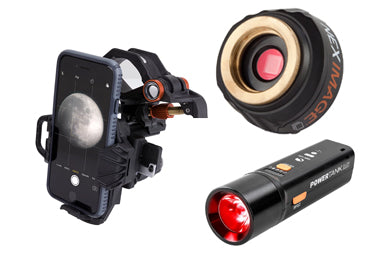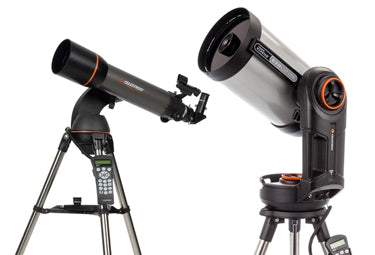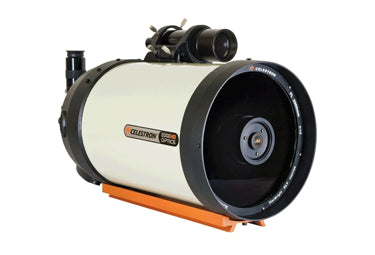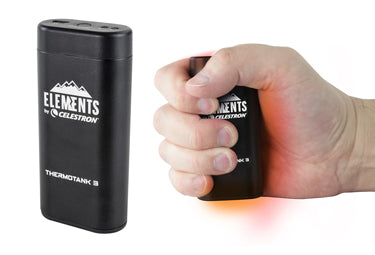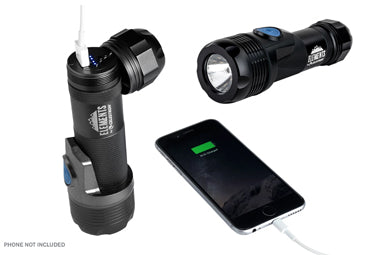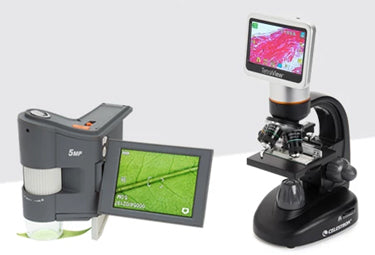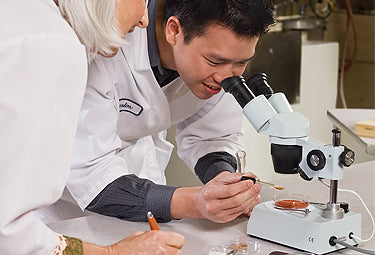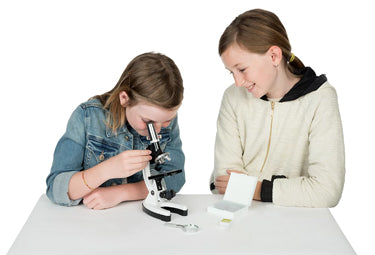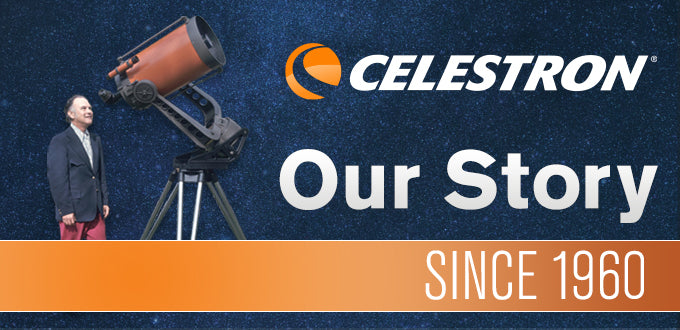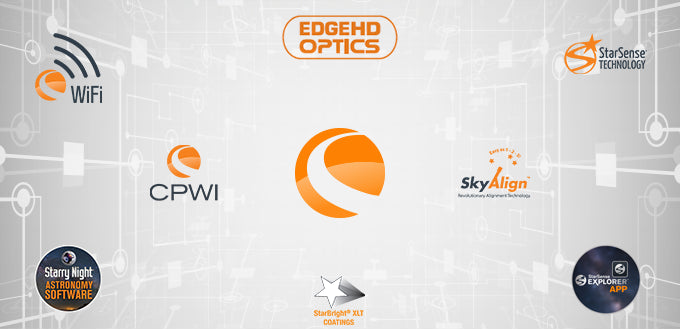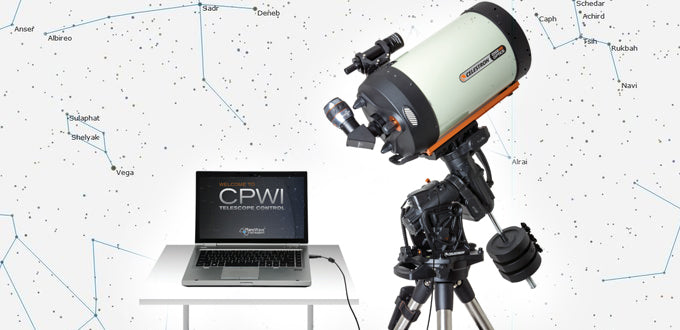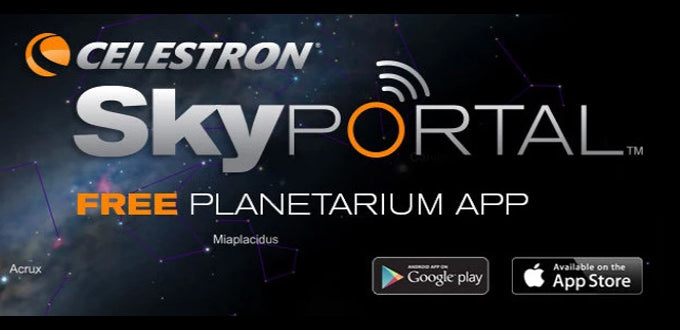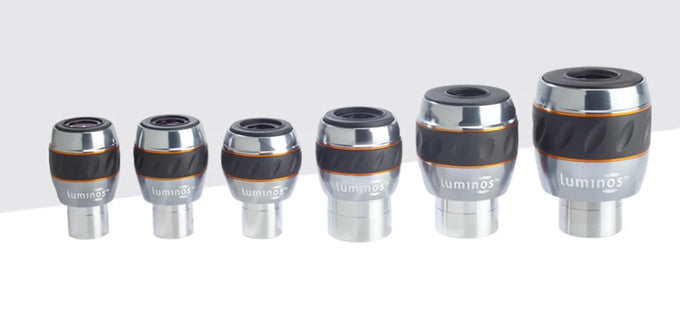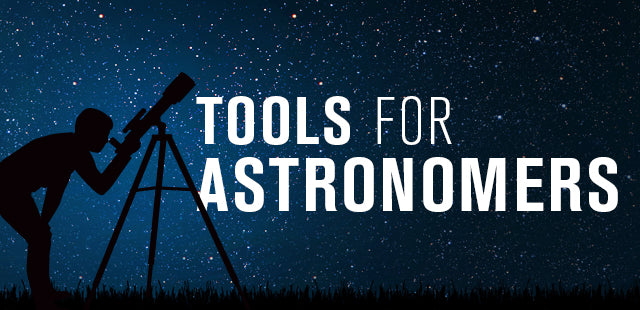How do you Align and Polar Align using a manual EQ Mount?
September 18, 2018
To Polar Align using a Computerized AZ mount with wedge, click here. To Polar Align using a Computerized EQ mount, click here.
Polar alignment is something that is only required if you are using an equatorially mounted telescope. This orients your equatorial mount’s polar axis so it is parallel Earth’s axis or rotation, making it much easier to track celestial objects as they rise and set. Instead of turning two slow motion controls, you only need to turn one, or use an optional motor drive to turn it for you/.
Altazimuth mounted telescopes do not have polar axes, so polar alignment is not required for normal operation.
Polar Alignment of your EQ mount can be done in a few different ways depending on the accuracy you require.

Rough polar alignment:
This is good for equatorial mounts when you want to quickly setup a mount for casual observing.
Setup your mount so that the tube is oriented like the image here.
The telescope tube should be above the mount with the declination setting circle indicating 90 degrees and the counterweight bar pointing down at the ground. The counterweight should be directly over one of the three tripod legs.
Pickup and turn the entire equatorial mount and tripod so that the tripod leg with the counterweight over it is pointed roughly north. You can judge this using a compass or by aiming the leg in the direction of Polaris, the North Star, if you are in the northern hemisphere. If you are in the Southern hemisphere, you would point your tripod leg roughly south or towards the faint constellation Octans.
Make sure your tripod is as level as you can make it by adjusting each leg height as needed.
 Next, set your latitude using the latitude scale at the base of your equatorial mount. Unlock any latitude adjustment screw(s) on the sides of the mount and turn the latitude adjustment screws until the index on the polar axis matches your latitude as closely as possible. Tighten the adjustment screw(s) as needed to secure the latitude setting.
Next, set your latitude using the latitude scale at the base of your equatorial mount. Unlock any latitude adjustment screw(s) on the sides of the mount and turn the latitude adjustment screws until the index on the polar axis matches your latitude as closely as possible. Tighten the adjustment screw(s) as needed to secure the latitude setting.
NOTE: To find the latitude of your observing site, consult a map or the internet.
Refined Polar Alignment
This is a more accurate method of polar aligning. If you are using an optional tracking motor drive, you will be able to keep celestial objects in your eyepiece for longer periods of time
Start by making sure that your finderscope is aligned to your telescope optics. Instructions for doing this can be found here [link to appropriate Knowledgebase article]
Perform the Rough Polar Alignment described above. Verify that your declination setting circle on your equatorial mount is still reading 90 degrees.
For observers in the Northern Hemisphere, locate the star Polaris in the sky using an app or a star chart. You will adjust the entire mount until Polaris is centered in the reticle of your finderscope. DO NOT MOVE THE TELESCOPE TUBE. You always want the declination setting circle to read 90 degrees when doing this.
To move the mount left and right, you can gently rotate the entire tripod left and right. Depending on your model of telescope, the equatorial mount may be able to rotate left and right on the tripod head.
To move the mount up and down, unlock any latitude adjustment screw(s) on the sides of the mount and turn the latitude adjustment screws until Polaris is centered in your finderscope. Tighten the adjustment screw(s) as needed to secure the latitude setting.
For observers in the Southern Hemisphere, you will need to use the star Sigma Octantis. Please consult an astronomy app or star chart to locate this in your sky. Unfortunately, Sigma Octantis is a faint star and may be difficult to see of you are observing from light polluted skies.
Observing
Now that you are polar aligned, you want to avoid moving the tripod or making any changes to the altitude scale. All movements of the scope should be done by using the telescopes Right Ascension and Declination axes (see your telescope manual for more details on how to do this with your specific model.
It is now possible to track objects in your eyepiece using just the Right Ascension slow motion control or using an optional tracking motor drive.
Photography Alignment
For motorized equatorial mounts, it is possible to take some short unguided photography as long as your alignment is accurate enough and your motor is set to track at sidereal rate (the rate that the stars appear to move in the sky due to the Earth’s rotation). This may require the Declination Drift Polar Alignment method to ensure more precise physical alignment. The fine details of this procedures are outside the scope of this knowledgebase article, but there are many resources available online for these topics.

